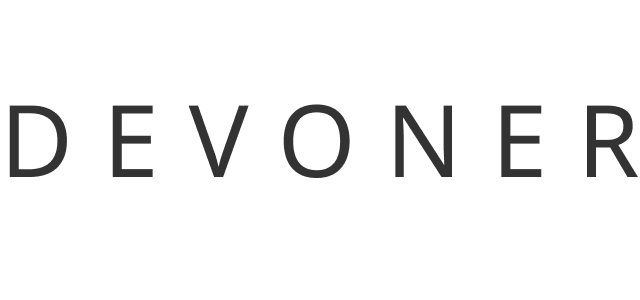Healthcare providers are increasingly relying on technology to streamline operations, ensure compliance, and enhance patient care. In response to this demand, SaaS providers are continuously developing hospital SaaS solutions to cater to the specific needs of medical facilities and improve patient outcomes. Understanding how to build an exceptional SaaS solution is pivotal to improving overall healthcare delivery.
At Devoner, our network of developers from across the globe comprises experts in delivering high-quality healthcare solutions. Leveraging our experience in helping clients like Aidendo create platforms for endocrinology patients, we have developed fully HIPAA-compliant solutions that highlight the platform’s core features and functionality. Our team prioritizes Agile methodologies, ensuring we meet the evolving needs of healthcare providers efficiently.
Informed by our experience in developing top-tier healthcare solutions, we’ve put together this guide exploring the key steps to build a hospital SaaS software solution. We’ll cover key aspects, from in-depth research and prototyping to development and testing. By the end, you’ll understand its key features and benefits crucial for maximizing efficiency and quality care.
Let’s dive in!
How To Build a Hospital SaaS Solution
Building a hospital SaaS solution primarily involves meeting the complex needs of the healthcare industry. This requires an understanding of healthcare operations, challenges in patient care, and familiarity with the security and compliance needs of the healthcare sector. Consider these 5 key steps to ensure seamless development:
Step 1: Conduct In-Depth Research and Analysis
As with any type of healthcare software development, conducting in-depth research and analysis lays the groundwork for deploying effective hospital SaaS solutions. Assess how to improve patient care, enhance operational efficiency, and comply with regulatory standards. Thoroughly assessing existing healthcare solutions and identifying pain points help pinpoint the gaps that need to be addressed.
Key areas to consider:
- Assess the Healthcare Sector: Study the daily operations of healthcare facilities, workflows of healthcare professionals, and competing hospital SaaS solutions.
- Identify Pain Points: Engage with stakeholders, hospital IT teams, and administrators to find all the pain points in managing patient data, ensuring compliance, or system inefficiencies.
- Evaluate Technology Infrastructure: Review the common technology infrastructure in healthcare facilities to identify potential tech constraints.
Step 2: Plan Out the Software’s Features and Capabilities
Your research should help identify areas within current medical practices that can be improved and areas where existing hospital SaaS applications have not sufficiently addressed. The main selling point of your software tools will be its features and how they can benefit a hospital’s operations, so plan out your core features carefully.
Guidelines for Planning the Software’s Core Features:
- Identify Key Features and Capabilities: Focus on solutions that enhance patient care and streamline operations.
- Consider AI Integration: AI and machine learning can help in predictive data analytics to improve patient outcomes and make operations more efficient.
- Ensure Strong Interoperability Features: Make sure to build intuitive interfaces for retrieving, updating, and managing patient records and other nonclinical information.
Step 3: Ensure Compliance With Hospital SaaS Software Standards
After planning out the features, it’s crucial to ensure compliance with data security regulations and industry-specific standards. Better security and compliance can motivate healthcare providers to choose your product over others.
Key Compliance Requirements:
- HIPAA Compliance: Implement encryption protocols for electronic protected health information (ePHI), conduct regular risk assessments, and use HIPAA-compliant software.
- Security for Cloud Computing: Encrypt healthcare data using a dedicated healthcare cloud platform with robust access controls.
- Healthcare Industry Standards: Adhere to modern healthcare regulations, including strict testing, validation, and reporting procedures.
- Regular Audits and Updates: Stay up-to-date with security tech advancements and SaaS trends to minimize potential threats or risks.
Step 4: Refine User Experience (UX)
A subpar user experience can render excellent functionality, security, and compliance ineffective. Make sure the frontend of your application is intuitive and easy to use, enabling healthcare professionals to easily familiarize using the tool.
Consider these factors:
- User-Centric Design: Prioritize the needs and preferences of healthcare professionals to create an intuitive user interface.
- Usability Testing: Conduct multiple testing stages with actual healthcare providers to gain valuable feedback on the system’s functionality and usability.
- Training and Support: Establish a dedicated support team to help users adopt the SaaS solution smoothly, providing comprehensive user guides and training sessions.
Step 5: Develop and Test Your Healthcare SaaS Solution
With all features, compliance, and UX plans laid out, start building your healthcare SaaS applications. This requires strict testing procedures and a commitment to continuous improvement.
Key Measures in Development:
- Employ Development Strategies: Use Agile development methodologies that emphasize flexibility and iterative progress.
- Develop an MVP and Conduct Prototyping: Push out a minimum viable product (MVP) first and incorporate further features later through prototyping stages.
- Focus on Continuous Improvement: Implement a feedback loop to direct future updates and feature enhancements.
Common Hospital SaaS Features
Hospital SaaS solutions are designed to simplify operations and enhance service quality within hospitals, providing a comprehensive digital ecosystem that streamlines healthcare workflows, delivers personalized care experiences, and provides data-driven insights.
User Side Features
- Patient Communication: Include robust systems for two-way messaging and remote patient monitoring via telehealth platforms.
- Appointment Scheduling Systems: Allow easy scheduling, rescheduling, and receiving reminders for appointments.
- Easy Access to Medical Records: Provide patients with secure access to their test results, treatment plans, medical histories, and other medical records.
Admin Side Features
- Clinical Decision Support: Provide evidence-based clinical knowledge with predictive analytics models and patient information.
- Care Coordination: Facilitate seamless communication and efficient task management among healthcare providers.
- Remote Monitoring Tools: Provide round-the-clock oversight of patient vital signs, medication adherence, and treatment compliance.
- Management Tools: Streamline billing processes, claims submission, and payment collection through Revenue Cycle Management (RCM) automation.
- Health Information Exchange Integration: Facilitate seamless data sharing among medical staff and ensure consistent, coordinated care.
Benefits of Hospital SaaS Solutions in the Healthcare Sector
Hospital SaaS solutions offer essential benefits that modern hospitals can’t afford to miss, making healthcare more efficient and coordinated while ensuring high-quality patient care.
Key Advantages:
- Optimize Healthcare Delivery: Improve quality of care and patient outcomes through real-time data access, streamlined workflows, and enhanced communication.
- Enable Patient-Centric Care: Offer tools such as patient portals and telehealth services to enhance communication between patients and providers.
- Facilitate Data-Driven Decision Making: Use advanced analytics tools to process data quickly, allowing healthcare professionals to make informed decisions.
- Promote Interoperability: Support standardized data exchange between healthcare systems and providers, enhancing overall patient care.
- Ensure Regulatory Compliance: Adhere to regulatory standards and protect patient data, minimizing the risk of legal issues.
Key Takeaway
Creating an exceptional hospital SaaS solution requires a profound understanding of healthcare operations, awareness of healthcare standards, and trends in medical professionals’ needs. User-centric design is increasingly important, particularly for maximizing communication and patient care. Hospital SaaS solutions facilitate a holistic approach to healthcare delivery, with technology spearheading healthcare institutions’ capacity to keep improving their services.
Looking to learn more about healthcare technology? Check out our blogs on healthcare software solutions to gain the latest insights and learn about the trends dominating the healthcare tech industry. Start hiring your web team today to provide efficient healthcare services, leading to better patient outcomes in 2024!


